Circa 2011 Talks about he lightcycler.
Carl T. Wittwer, M.D., Ph.D.
Seminal technology continues to be a work in progress.
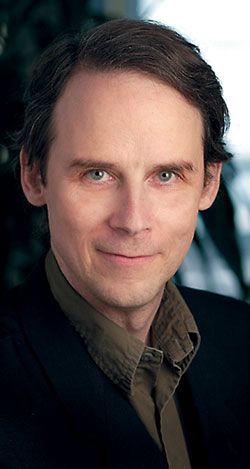
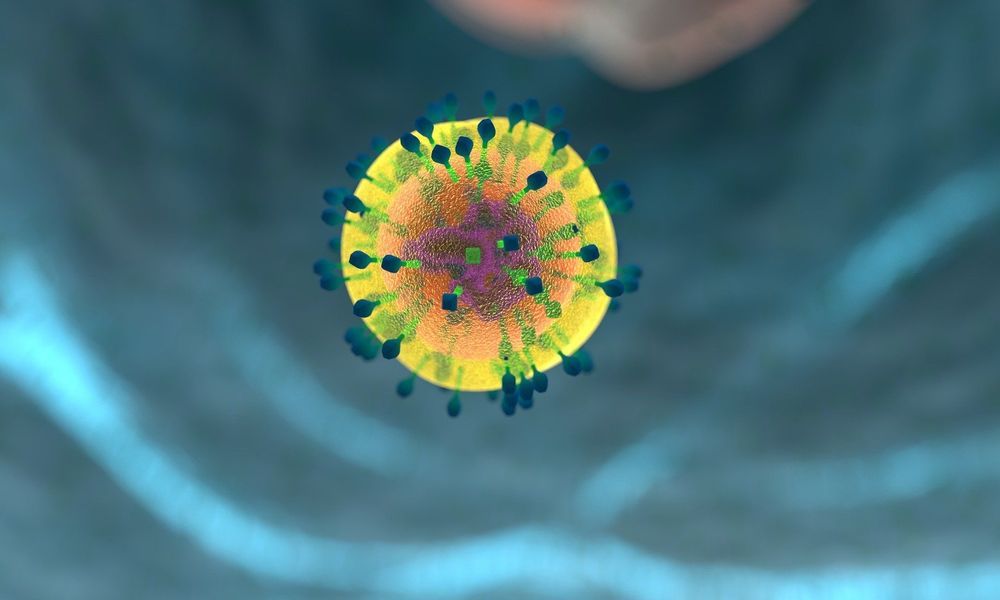
Scientists from Trinity College Dublin have discovered a potential new target for regulating inflammation, which drives a range of diseases including diabetes, cancer and Alzheimer’s. The potential target is an ancient immune protein—SARM—that has been conserved throughout evolution and thus is very similar in humans, other mammals, flies and worms.
The scientists, from Trinity’s School of Biochemistry and Immunology based at the Trinity Biomedical Sciences Institute (TBSI), discovered a previously unknown but important role that SARM plays in the immune response. Their work has been published today in the prestigious journal Immunity.
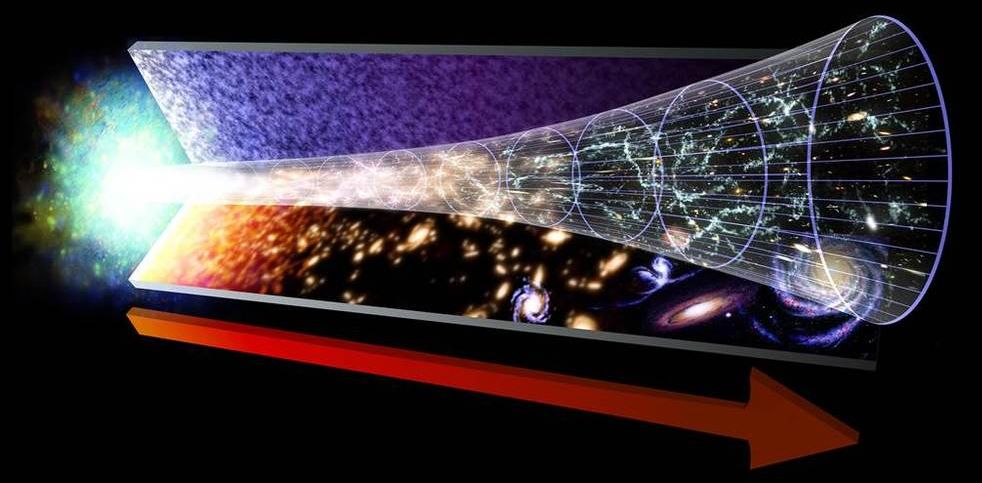
In trying to answer such questions, scientists bump up against the limits of the laws of physics. Existing theories can account for the evolution of the universe from its earliest moments — from a fraction of a second after the Big Bang — but the question of what came before has been among the most vexing in all of science.
“It’s my life’s work to try to answer that question,” University of Toronto physicist Renée Hložek says.
This image represents the evolution of the universe, starting with the Big Bang. The red arrow marks the flow of time.
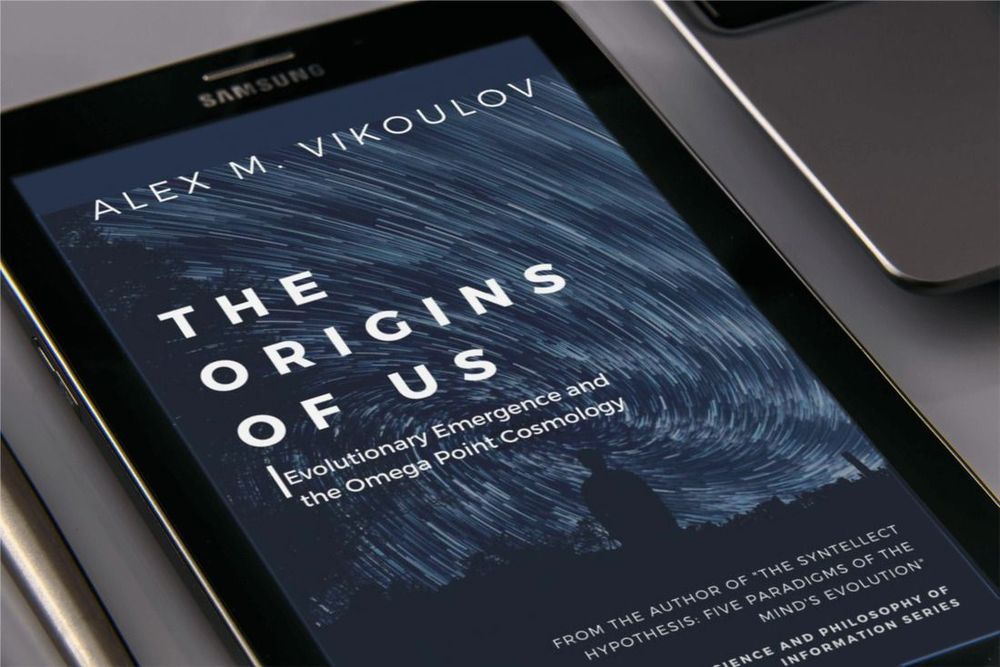
Ecstadelic Media Group releases a new non-fiction book The Origins of Us: Evolutionary Emergence and The Omega Point Cosmology by Alex M. Vikoulov as a Kindle ebook (Press Release, San Francisco, CA, USA, April 22, 2019 01.00 PM PST)
The Science and Philosophy of Information book series is adapted for general audience and based on the previously published grand volume titled “ The Syntellect Hypothesis: Five Paradigms of the Mind’s Evolution” by digital philosopher Alex Vikoulov on the ultimate nature of reality, consciousness, the physics of time, and philosophy of mind. In this book one of the series, the author addresses some of the most flaming questions in science and philosophy: Where do we come from? What are the origins of us? What is our role in the grand scheme of things?
“# 1 Hot New Release” in Amazon charts in Cosmology and Evolution, the book starts with a story that happened almost exactly 400 years ago that has had a tremendous “butterfly” effect on us modern humans.
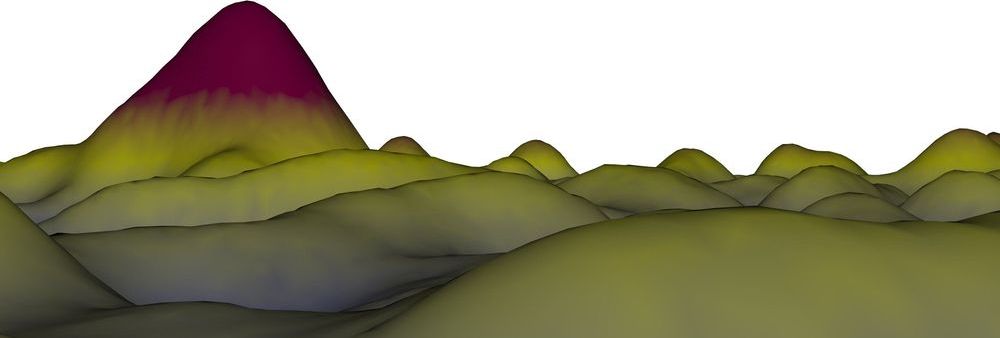
Scientists have used the tiny distortions imprinted on the cosmic microwave background by the gravity of matter throughout the universe, recorded by ESA’s Planck satellite, to uncover the connection between the luminosity of quasars – the bright cores of active galaxies – and the mass of the much larger ‘halos’ of dark matter in which they sit. The result is an important confirmation for our understanding of how galaxies evolve across cosmic history.
Most galaxies in the universe are known to host supermassive black holes, with masses of millions to billions of times the Sun’s mass, at their cores. The majority of these cosmic monsters are ‘dormant’, with little or no activity going on near them, but about one percent are classified as ‘active’, accreting matter from their surroundings at very intense rates. This accretion process causes material in the black hole’s vicinity to shine brightly across the electromagnetic spectrum, making these active galaxies, or quasars, some of the brightest sources in the cosmos.
While it is still unclear what activates these black holes, switching on and off their phase of intense accretion, it is likely that quasars play an important role in regulating the evolution of galaxies across cosmic history. For this reason, it is crucial to understand the relationship between quasars, their host galaxies, and their environment on even larger scales.
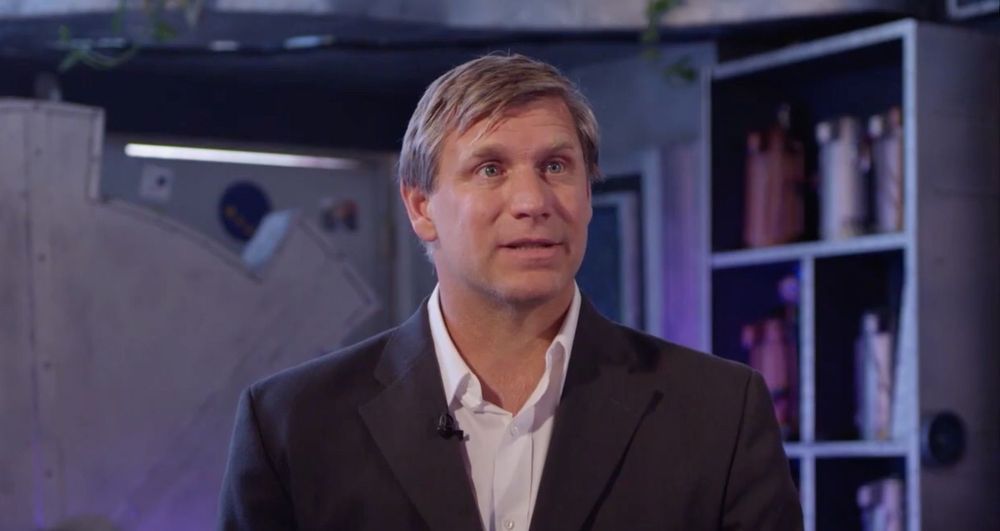
A new story on my latest article from #transhumanism critic Wesley J. Smith:
Oh my. Two of contemporary society’s most prominent anti-human utopian movements — radical environmentalism and materialistic transhumanism — appear on the verge of a bitter showdown.
When you think about it, that makes sense. Both movements see themselves as the future’s only hope. But their core purposes are incompatible. Radical environmentalists — “nature rights” activists, deep ecologists, Gaia theorists, and their fellow travelers that elevate nature above humanity — hijacked and refashioned traditional environmentalism into a mystical neo-earth religion that disdains homo Sapiens as a parasitical species afflicting the earth. These radicals hope to thwart our thriving off the land in order to “save the planet.” Indeed, I sometimes believe that if they could, they would forcibly revert our species to hunter/gatherers — without the hunting part.
In contrast, transhumanism denigrates both the natural world and normal human life as irredeemably limited, and worst of all, ending in death! They yearn to possess extraordinary capacities without having to work to attain them. Rather than pursue virtue, transhumanism expects to overcome human nature through applied technology. Indeed, movement prophets predict the coming of “Singularity” — a discreet moment in time when unstoppable cascading technology will enable transhumanists to “seize control of human evolution” and reengineer themselves into an immortal “post-human species.”
The intellectual peace between these competing social movements was recently breached by Zoltan Istvan, one of transhumanism’s most creative apologists, who ran for president in 2016 on a plank of defeating death and garnered scads of earned media by touring the country in a bus fashioned to look like a coffin. In an all-out frontal assault on the hallowed presumption of contemporary environmentalism, Istvan not only writes that “nature isn’t sacred” (can you hear the gasping?), but he committed an even worse anti-environmentalist sin by arguing that “we should replace it.”
Researchers at Ben-Gurion University of the Negev (BGU) have discovered that gene mutations that once helped humans survive may increase the possibility for diseases, including cancer.
The findings were recently the cover story in the journal Genome Research.
The team of researchers from BGU’s National Institute for Biotechnology in the Negev (NIBN) set out to look for mutations in the genome of the mitochondria, a part of every cell responsible for energy production that is passed exclusively from mothers to their children. The mitochondria are essential to every cell’s survival and our ability to perform the functions of living.
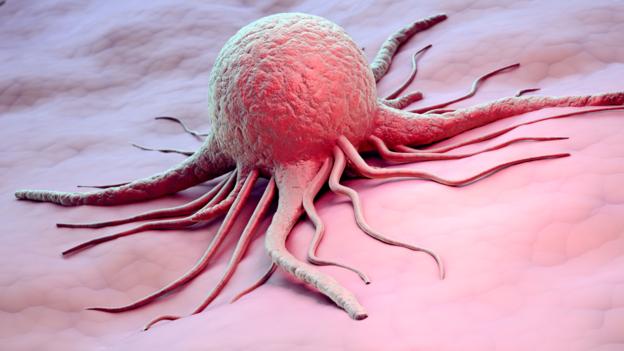

Scientists believe that time is continuous, not discrete—roughly speaking, they believe that it does not progress in “chunks,” but rather “flows,” smoothly and continuously. So they often model the dynamics of physical systems as continuous-time “Markov processes,” named after mathematician Andrey Markov. Indeed, scientists have used these processes to investigate a range of real-world processes from folding proteins, to evolving ecosystems, to shifting financial markets, with astonishing success.
However, invariably a scientist can only observe the state of a system at discrete times, separated by some gap, rather than continually. For example, a stock market analyst might repeatedly observe how the state of the market at the beginning of one day is related to the state of the market at the beginning of the next day, building up a conditional probability distribution of what the state of the second day is given the state at the first day.
In a pair of papers, one appearing in this week’s Nature Communications and one appearing recently in the New Journal of Physics, physicists at the Santa Fe Institute and MIT have shown that in order for such two–time dynamics over a set of “visible states” to arise from a continuous-time Markov process, that Markov process must actually unfold over a larger space, one that includes hidden states in addition to the visible ones. They further prove that the evolution between such a pair of times must proceed in a finite number of “hidden timesteps”, subdividing the interval between those two times. (Strictly speaking, this proof holds whenever that evolution from the earlier time to the later time is noise-free—see paper for technical details.)